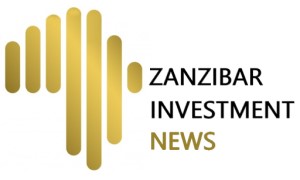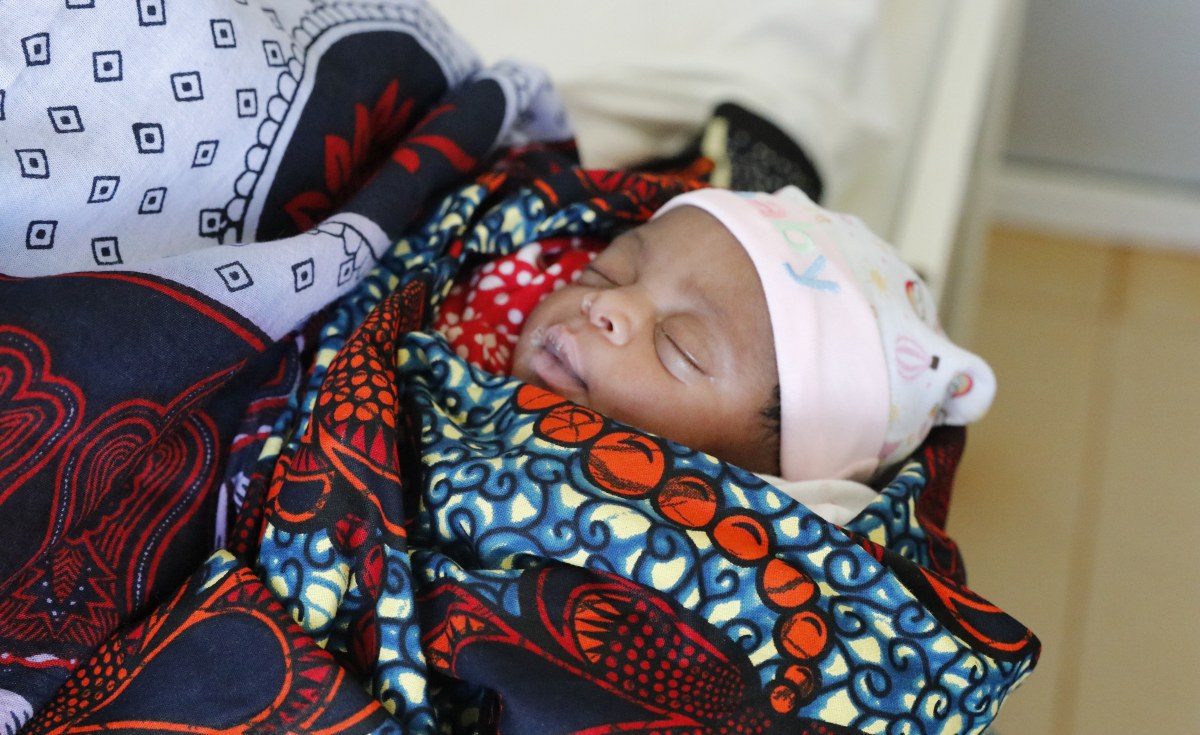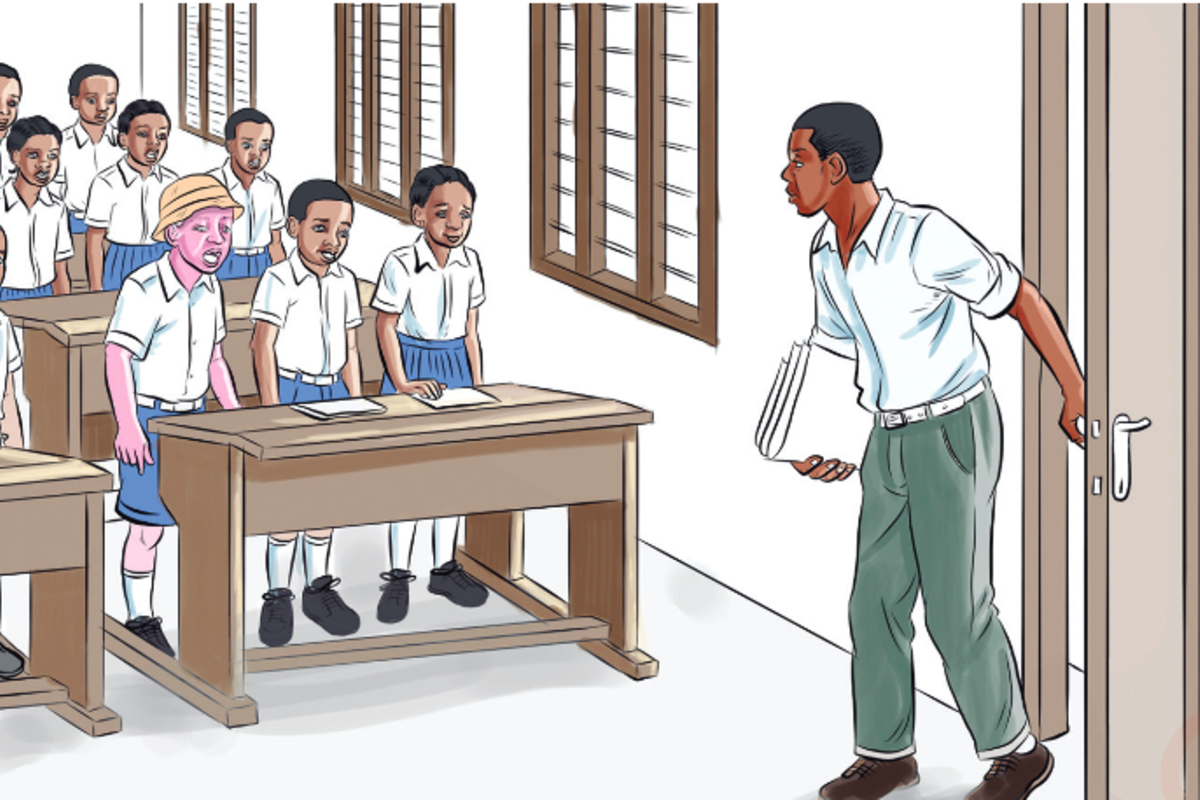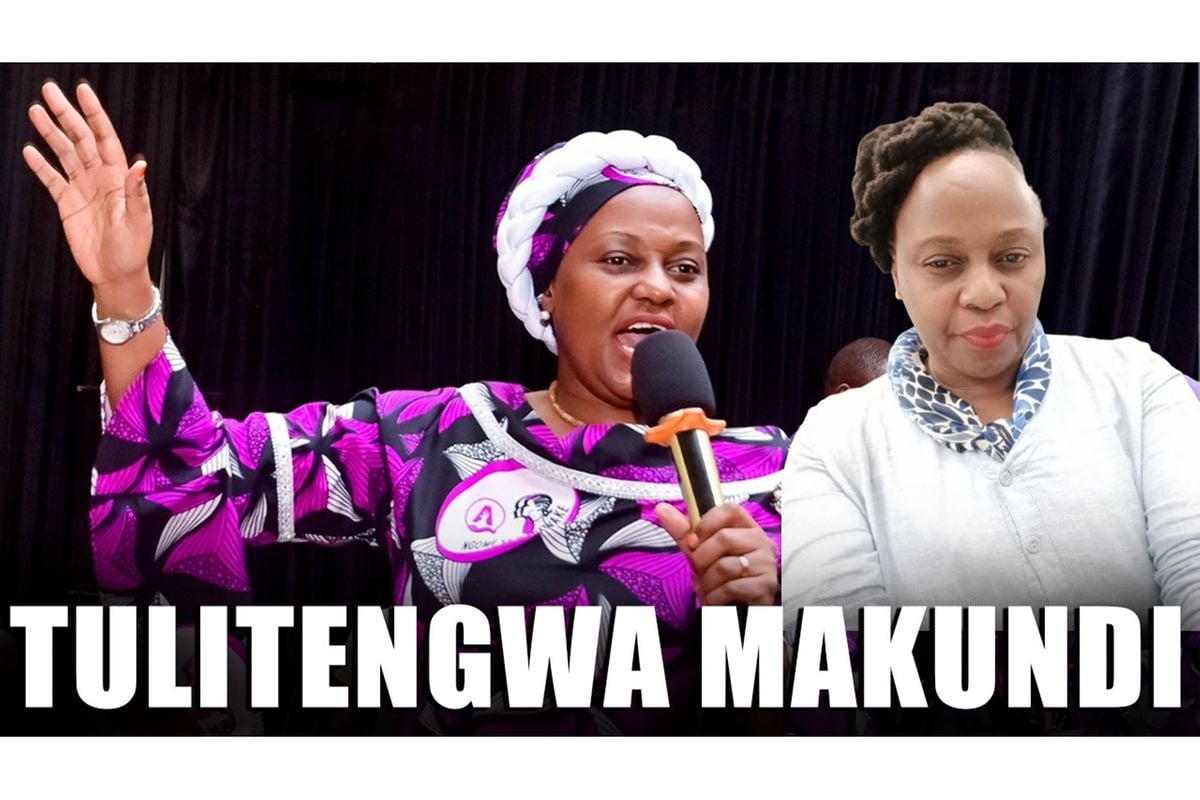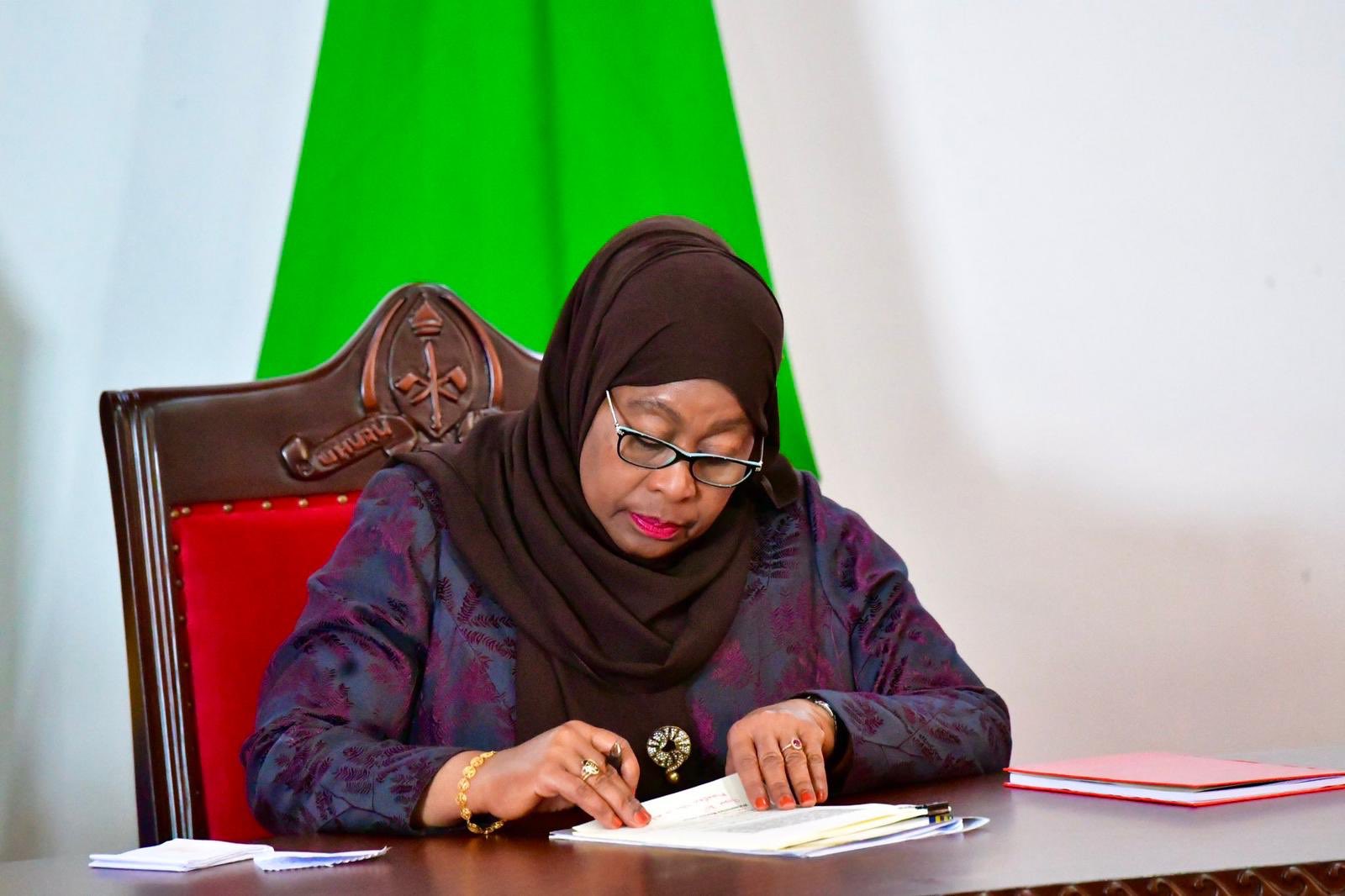Rating agency Fitch recently warned that the rapid spread of the mpox virus in sub-Saharan Africa could add to the fiscal pressures many countries in the region are already experiencing.
The Africa Centres for Disease Control and Prevention and the World Health Organization have declared the latest outbreak of mpox in Africa a health emergency.
An epidemic in the Democratic Republic of Congo has spread to neighbouring countries.
Seven countries rated by Fitch – Cameroon, Côte d’Ivoire, Kenya, Nigeria, Rwanda, South Africa and Uganda – have confirmed mpox cases.
Fitch cautioned investors about possible under-reporting of mpox cases and that the outbreak could accelerate, raising the prospect of increased pressure on government finances.
But is this alarm call necessary? Or is it exaggerated?
The author’s research into rating agencies over the past 10 years highlights clear biases in how they assess African sovereign risk. Fitch’s statement is another example of a rating agency viewing African events more negatively than those in the West.
Several studies have found evidence that there are biases with rating agencies overstating certain risk factors on the continent.
A comparative analysis of 30 countries in Africa and other regions highlights a lack of uniformity in the application of the economic indicators in ratings. This lies behind the African Union’s decision to adopt a declaration on the establishment of an Africa Credit Rating Agency.
But some rating analysts have come to the defence of rating agencies, arguing that there is no bias against African countries.
For their part, rating agencies maintain that their methodologies are objective. And a recent article by news agency Reuters claims that there were no studies presenting evidence of statistical bias in ratings against Africa.
These claims raise the question: what measure is being used to assess bias? This is important because bias can manifest in different ways – through decisions about what to measure (quantitative), or through more subtle forms of qualitative bias.
The credit ratings are biased against Africa in subjective ways. And that one of the key contributing factors is the location of rating analysts.
A thin presence
Most rating analysts are based in Europe, Asia and the US. Of the big three, Standard & Poor’s and Moody’s each have a single office in South Africa. They have a total of five to 10 analysts covering about 25 sovereigns, corporates and sub-sovereigns. Fitch Ratings closed its only Africa office in 2015.
This raises questions about the workload of analysts and the accuracy of their ratings.
Rating analysts based abroad visit the countries they rate for a maximum of two weeks in a year.
This is insufficient time for analysts to adequately understand and evaluate risk factors. Inadequate consultations and short visits have led to analysts basing their assessments on pessimistic assumptions, desktop reviews, virtual discussions and publicly available information.
These processes have also omitted critical data that often is best obtained by being inside a country. Estimations of subjective risk factor in policy effectiveness, quality of insitutions, political and geopolitical dynamics. The conservatism of analysts, a lack of understanding of the context and ratings errors have been a recurring feature of African ratings.
Research shows that familiarity with a country, being closer to a country being rated and home bias (towards the home country of a rating analyst) result in analysts assigning better sovereign rating scores than they do to countries they are not familiar with or live very far from.
Where there’s room for bias
To understand how bias might happen, it’s important to break down the credit rating methodology.
For example, S&P Global’s sovereign rating methodology looks at five key factors. Two are primarily quantitative – economic and monetary. The other three are essentially qualitative – institutional, external and fiscal.
On qualitative factors, rating agencies use a score from 1 to 6. Rating analysts have considerable discretion in assigning qualitative judgments on the scores. The judgments could easily be driven by bias.
Credit rating researchers Patrycja Klusak, Yurtsev Uymaz and Rasha Alsakka have found that a connection between a European finance minister and a top executive at one of the three international rating agencies can favourably skew a rating decision.
A finance minister’s connection to a rating agency’s director, executive or senior analyst could raise a sovereign rating by between 0.5 and 1.3 notches.
African rating errors
Here are some examples of errors made by rating agencies in their assessment of African countries.
Tunisia: Fitch made an error in a December 2022 review of Tunisia. Fitch published its rating of Tunisia outside the scheduled calendar, without considering all available and relevant information. Fitch corrected this three months later, but only to comply with the European Securities Markets Authority’s regulatory requirement for rating agencies not to deviate from the calendar of sovereign rating publications. In my view this error could have been avoided if Fitch had had a local presence in the country.
Cameroon: In affirming Cameroon’s Caa1 rating, Moody’s viewed the government’s decision to grant a 5 percent salary increase to civil servants and other public sector workers as negative. Cameroon also suspended a proposed additional personal income tax, which Moody’s interpreted as a negative development for the country’s credit profile. But Cameroon fiscal metrics were moderate. The country could afford the pay hike. Markets considered its fiscal budget as modest relative to its peers with a similar population profile.
In addition, rating agencies had wrong ratings for Cameroon from November 2022 to August 2023. Their ratings were based on unverified information on late external debt service payments between January and November 2022. The rating agencies’ action one year after, and reports on Cameroon’s delayed debt service payments, suggested that the agencies did not have timely and factual official information. If the agencies had had sufficient engagements with the relevant government officials, their analysts would have had such information.
Nigeria: Moody’s had to reverse its downgrade of Nigeria’s outlook within seven months. As the reason for changing its mind, it cited positive economic policy developments from the government’s removal of fuel subsidies and the country’s unified foreign exchange rates. But these economic factors had not changed between the downgrade and its reversal. The Nigerian government had challenged Moody’s initial decision, arguing that the rating agency didn’t understand the country’s domestic environment.
The reversal of Nigeria’s rating direction in the short term could be evidence that the rating agency had erred in its initial analysis.
Way forward
Locating more analysts on the continent and widening the scope and time of consultations will address some of the biases in how rating agencies assess African countries.
Where analysts are already Africa-based, they need to extend their scope of stakeholder consultations and to spend more time in the countries they rate.
The interpretation of events and perception of risk by locally based analysts will be different from those who are foreign based.
This will partly address contestation around the bias and lack of adequate consultations in Africa ratings.
